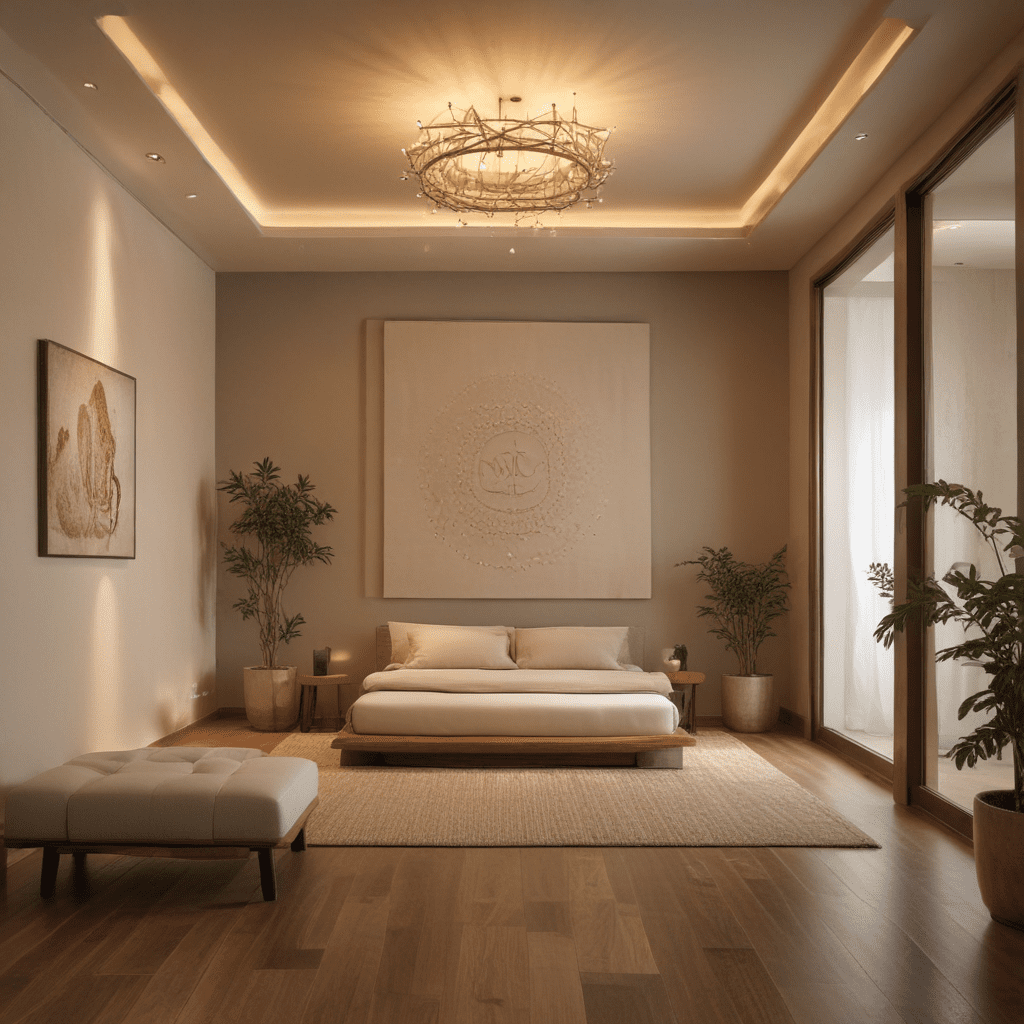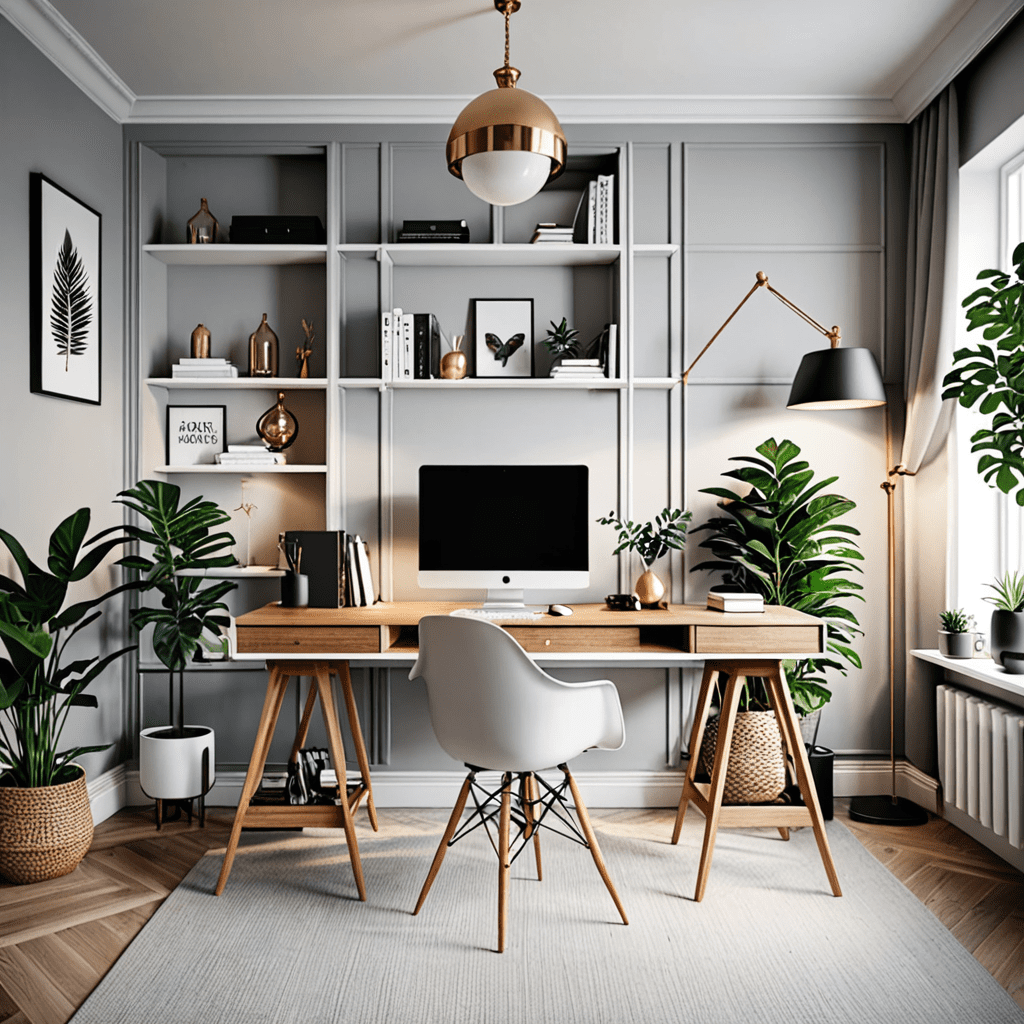The Art Nouveau Influences of Gustav Klimt
Introduction to Art Nouveau Influences
Art Nouveau, a captivating movement that emerged in the late 19th century, holds a significant place in the world of design and aesthetics. From architecture and interior design to visual arts and decorative objects, the Art Nouveau movement has left an indelible mark on the artistic landscape. Art Nouveau is characterized by its elegant, flowing lines, intricate organic forms, and a harmonious blending of art and nature. In this article, we will explore the key elements of Art Nouveau influences and how they can be incorporated into interior design to create a comfortable and aesthetically pleasing living space.
Key Elements of Art Nouveau Influences
Element 1: Organic Forms
One of the defining features of Art Nouveau is the emphasis on organic forms inspired by nature. Artists sought to capture the grace and beauty of natural shapes and incorporate them into their designs. Curving lines, undulating patterns, and floral motifs are prevalent in Art Nouveau, creating a sense of harmony and fluidity in the overall design. Furniture pieces with sinuous curves and intricate plant-inspired details exemplify the organic forms of Art Nouveau.
Element 2: Whiplash Lines
A hallmark of Art Nouveau influences, whiplash lines are sinuous, flowing lines that give a sense of movement to the design. These lines originated from the influence of Japanese art and the curvilinear style of the Art Nouveau movement. Whiplash lines can be seen in various elements such as furniture legs, decorative accents, and even architectural details. Incorporating furniture with curved lines and decorative elements that feature these whiplash lines can instantly bring the essence of Art Nouveau into a space.
Element 3: Decorative Accents
Art Nouveau is known for its intricate and ornamental details. Central to this style are decorative accents such as stained glass, mosaic tiles, and intricate metalwork. These decorative elements often depict natural motifs, like flowers, leaves, and vines, adding a touch of organic beauty to the design. Incorporating stained glass windows, mosaic tiles on walls or floors, or metalwork accents can infuse a space with the distinctive charm of Art Nouveau.
Element 4: Use of Color
Color plays a crucial role in Art Nouveau influences. While the movement often embraced a natural color palette, including earthy tones and muted hues, vibrant and bold colors were not uncommon. The choice of colors was influenced by the natural world, with an emphasis on the colors found in flowers and plants. Incorporating furniture or decorative pieces with a pop of bold color can add a touch of drama and personality to an Art Nouveau-inspired interior.
Element 5: Integration of Art and Craftsmanship
Art Nouveau aimed to break down the traditional barriers between art and craft, valuing the union of artistic vision and expert craftsmanship. This philosophy is reflected in the intricate detailing and artistry found in Art Nouveau furniture and decorative objects. Furniture pieces often featured hand-carved details or inlaid designs, showcasing the skill and dedication of the craftsmen. When selecting Art Nouveau-inspired furniture, prioritize pieces with exceptional craftsmanship that highlight the artistic spirit of the movement.
Tips for Art Nouveau Influences
Now that we have explored the key elements of Art Nouveau influences, let’s dive into some practical tips for incorporating this style into your interior design:
Tip 1: Balance and Proportion
When selecting furniture pieces for an Art Nouveau-inspired space, consider the balance and proportion of the room. Art Nouveau is characterized by flowing, organic lines, so opt for furniture with graceful curves and gentle proportions. Ensure that the size of the furniture suits the scale of the room, creating a harmonious balance between the various elements.
Tip 2: Mix and Match
Art Nouveau influences can be seamlessly integrated into a contemporary space by mixing and matching styles. Pair Art Nouveau-inspired furniture with modern pieces to create an eclectic and visually engaging interior. The contrast between old and new can add depth and character to the design, while also highlighting the unique qualities of the Art Nouveau influences.
Tip 3: Focus on Details
Art Nouveau is all about the details. Pay attention to the intricate craftsmanship, decorative accents, and unique features of furniture pieces. Look for furniture with carved details, stained glass inserts, or metalwork accents that will elevate the overall design. These details add a layer of sophistication and visual interest to the space.
Tip 4: Lighting as Art
Lighting plays a crucial role in Art Nouveau influences. Consider incorporating Art Nouveau-inspired light fixtures to enhance the ambiance of the space. Look for fixtures with organic shapes, stained glass shades, or intricate metalwork that will cast a warm and inviting glow in the room.
FAQ about Art Nouveau Influences
Question 1: How can I incorporate Art Nouveau influences without overwhelming the space?
– Answer: To incorporate Art Nouveau influences without overwhelming the space, start with smaller decorative accents like lamps, mirrors, or art pieces. Choose pieces with subtle Art Nouveau motifs or colors that complement your existing decor. This way, you can introduce the style gradually and create a balanced and cohesive interior.
Question 2: Can I mix Art Nouveau with other design styles?
– Answer: Absolutely! Art Nouveau can be seamlessly blended with other design styles to create a unique and eclectic interior. Mix Art Nouveau-inspired furniture with pieces from different eras or styles, such as mid-century modern or contemporary. Make sure to focus on elements that complement each other and create a harmonious composition.
Question 3: How can I create an Art Nouveau-inspired color palette for my space?
– Answer: To create an Art Nouveau-inspired color palette, draw inspiration from nature. Earthy tones like moss green, muted browns, and warm neutrals evoke the organic essence of Art Nouveau. Consider adding pops of vibrant colors, such as jewel tones or bold floral hues, to create contrast and visual interest.
Question 4: Where can I find authentic Art Nouveau furniture and decorative pieces?
– Answer: Finding authentic Art Nouveau furniture and decorative pieces can be a challenge. However, you can explore antique shops, flea markets, or online auctions for original pieces. If authentic options are not available, look for high-quality reproductions or modern pieces inspired by Art Nouveau influences.
Question 5: Is Art Nouveau a timeless style, or is it more suited for a specific era?
– Answer: Art Nouveau is a style that emerged during the late 19th and early 20th centuries. While it may be associated with a specific era, its timeless elegance and organic forms continue to inspire and captivate designers and homeowners today. Art Nouveau can be adapted to suit various interior design styles, making it versatile and enduring.
Incorporating Art Nouveau influences into your interior design can transform your space into a work of art. By understanding the key elements of this captivating movement and applying practical tips, you can create a living space that combines elegance, nature, and artistic expression. Embrace the fluid lines, ornate details, and organic beauty of Art Nouveau to create a truly unique and aesthetically pleasing environment.




